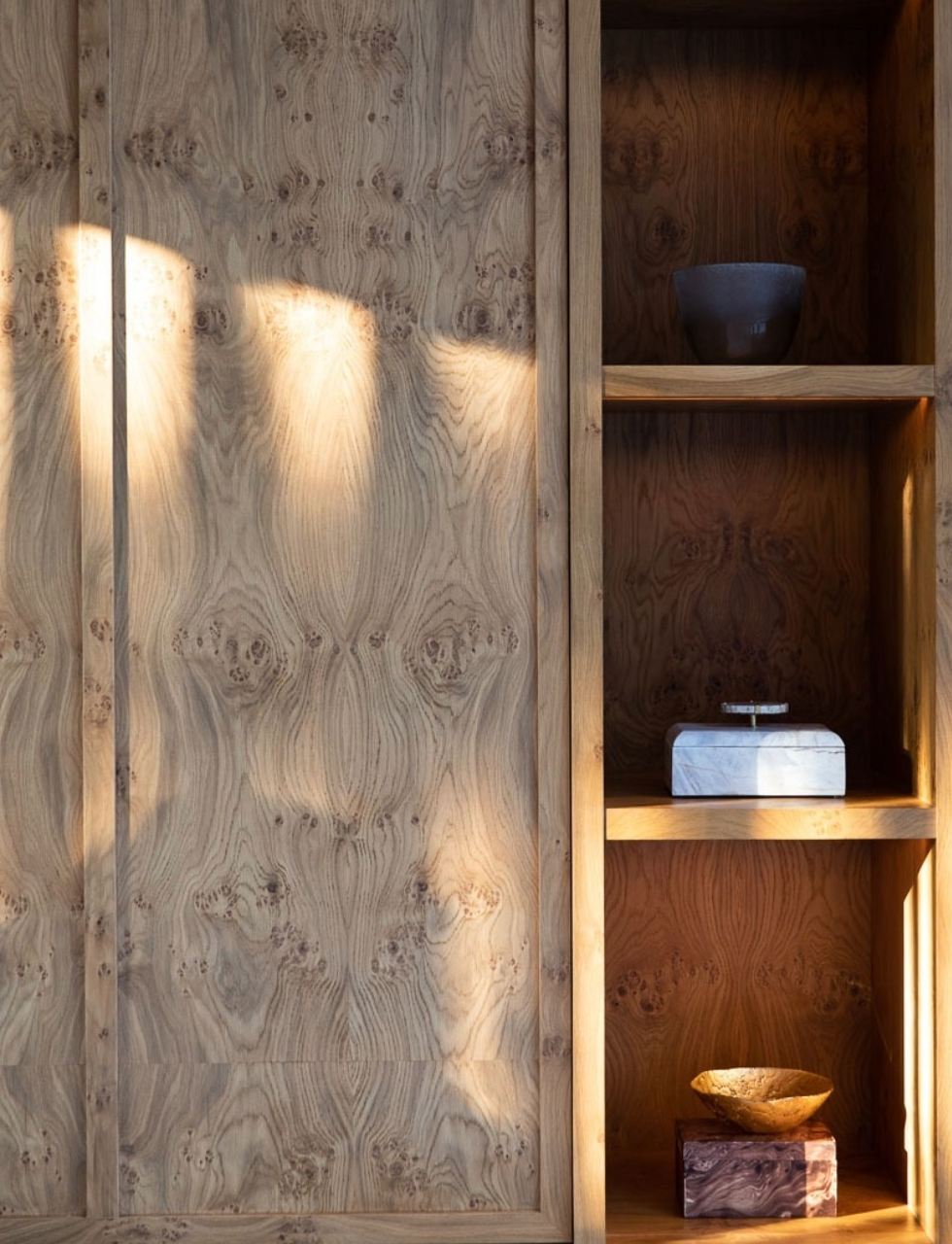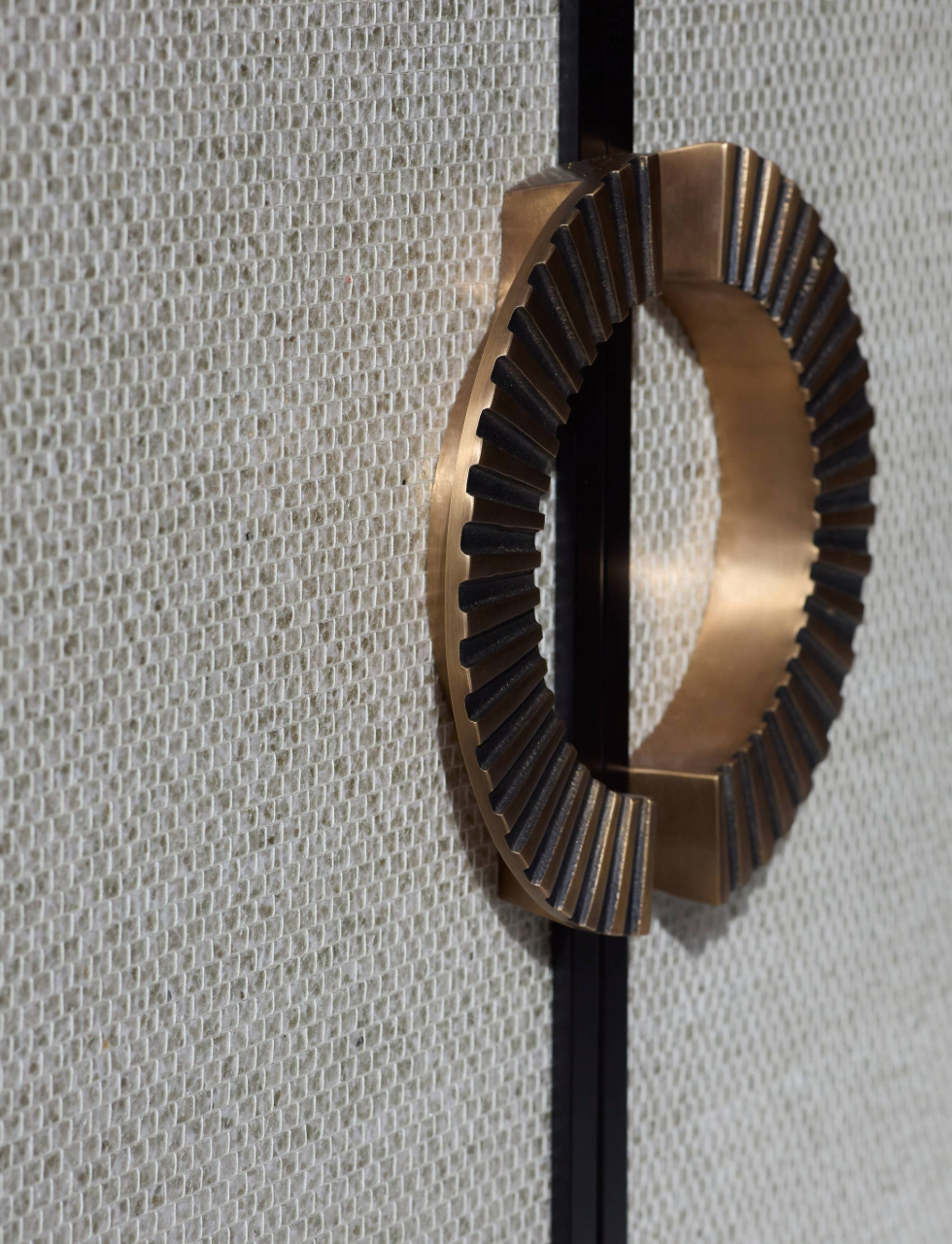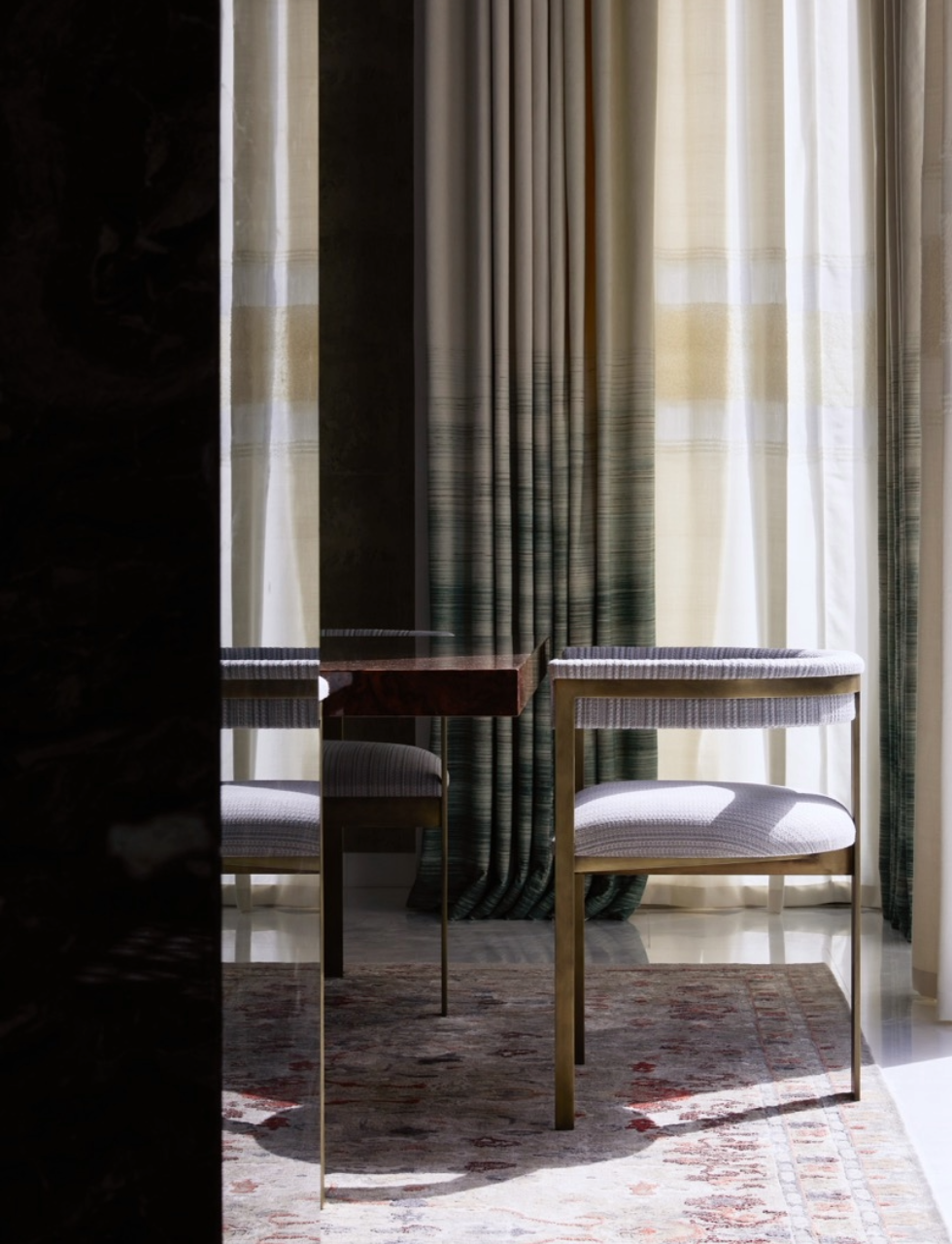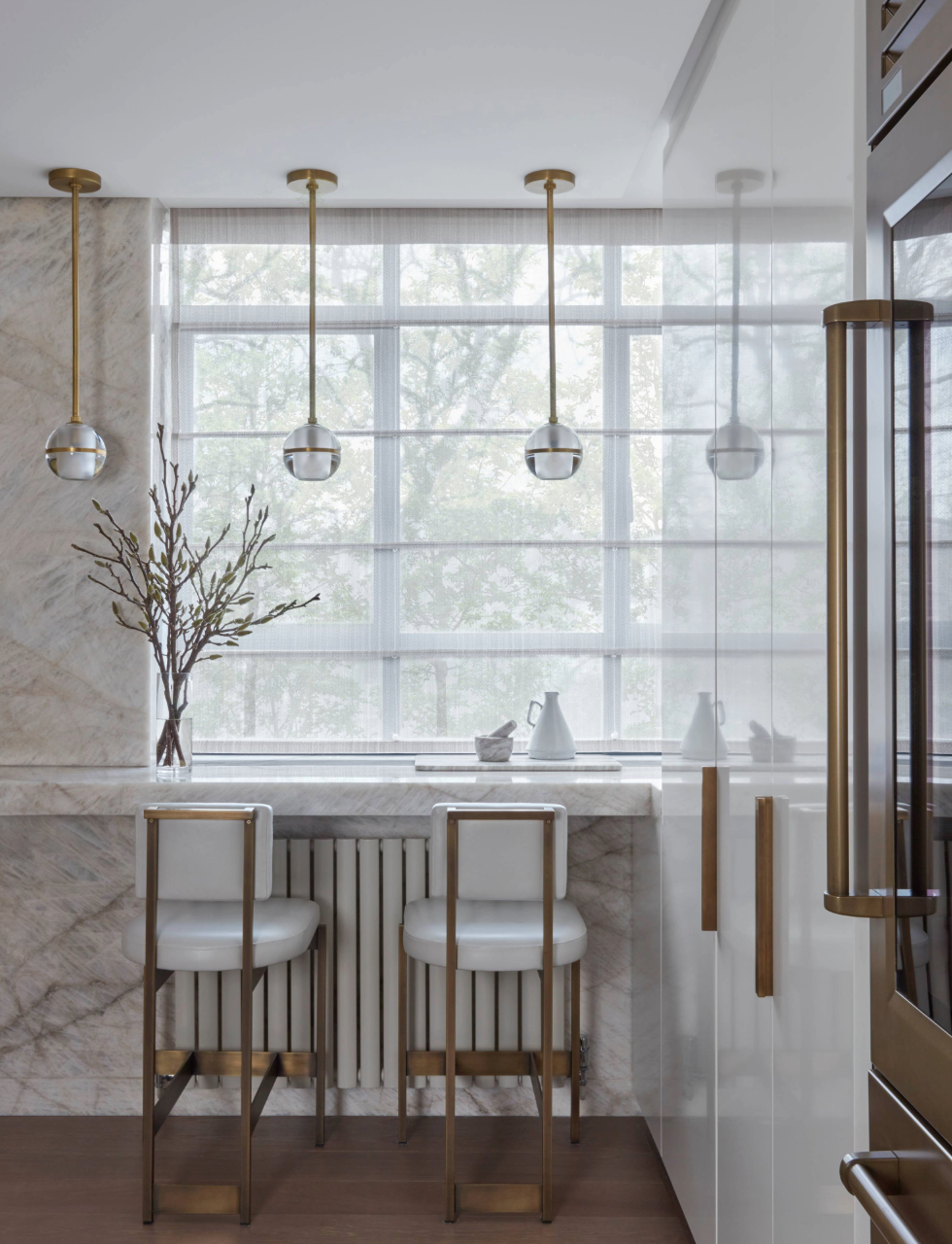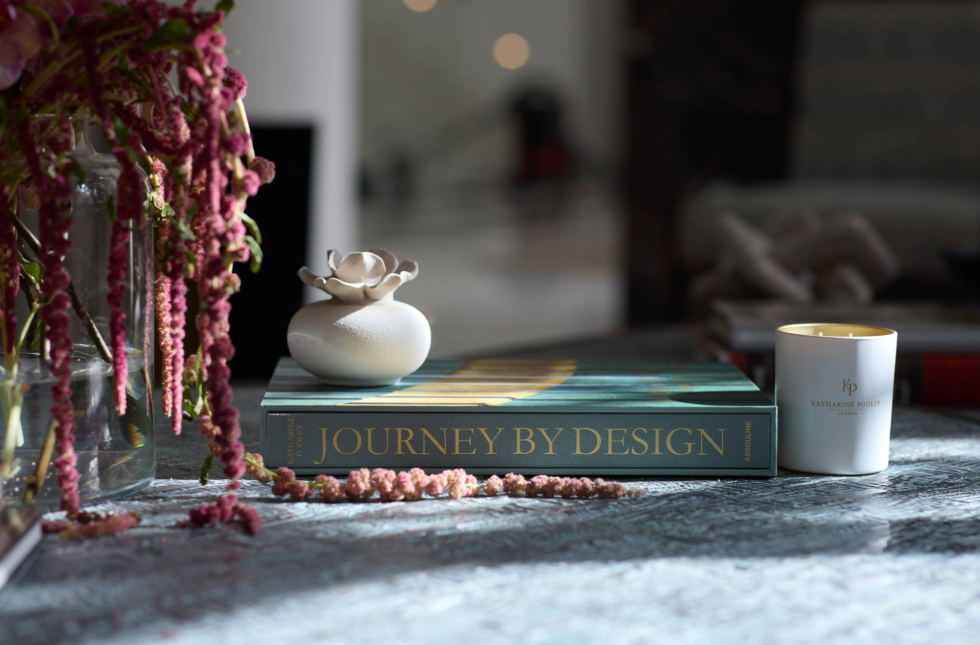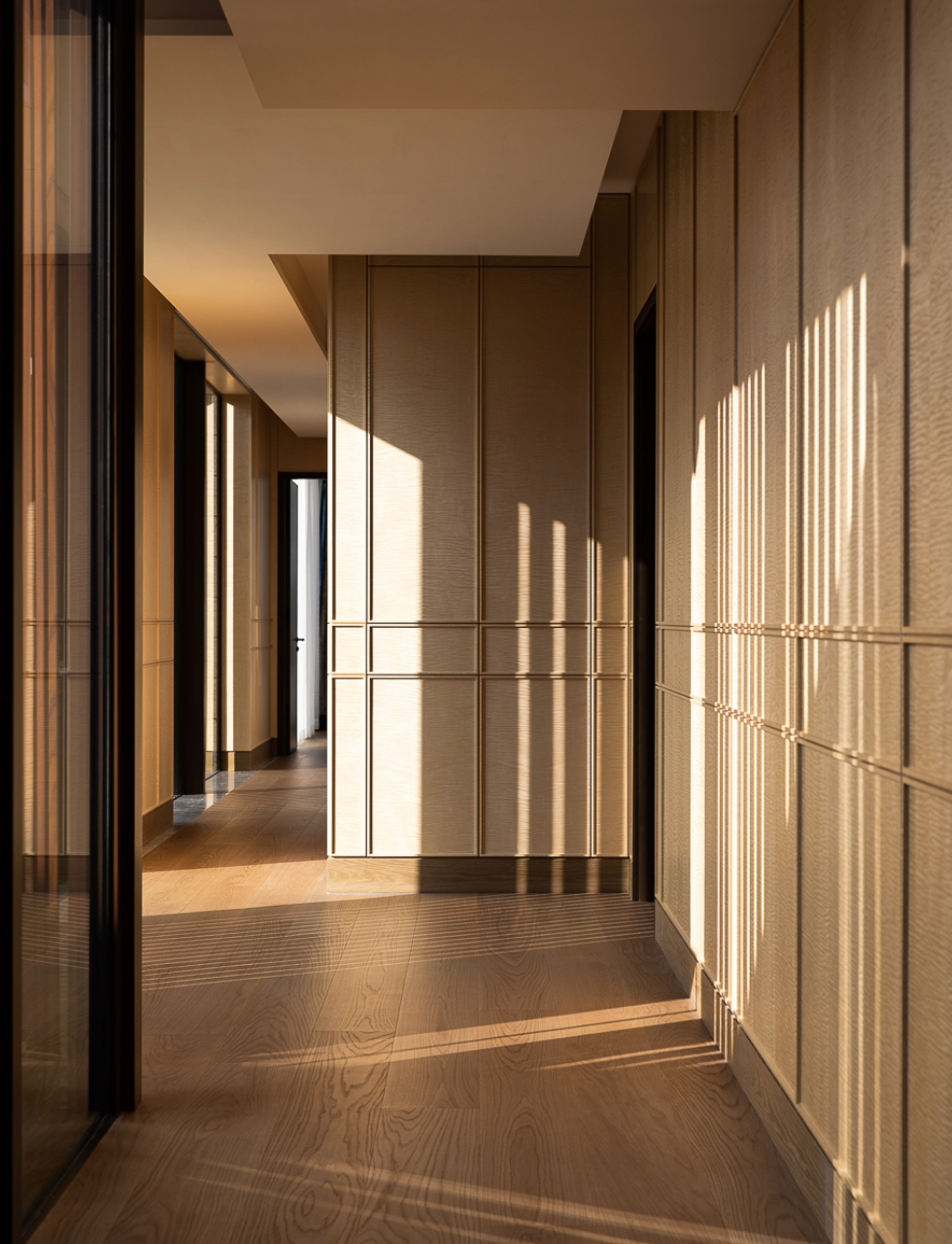The design landscape is rapidly evolving as we move beyond visual experiences to something more immersive and appreciative of the full spectrum of human perception. Sight is no longer the deciding force in shaping the aesthetic experience of a space, and so we are weaving considerations for sound, touch, smell and even taste into our various projects to create spaces that not only look good but feel good by leaning into our humanity and intuition. As we discover more about the multisensory nature and intricacies of the brain, we realise how important our world around us is to our personal experience and sense of wellbeing.
Enter sensory design. Sensory design considers how each element of an environment influences our mood and behaviour, whether consciously or not. Textures of natural materials, the ambient silence of a room with gentle acoustic and bespoke fragrances are some of the more known practices in crafting a space that speaks to the senses. Here are my considerations for each of the senses being thoughtfully integrated into today’s interiors.
TOUCH
Going far beyond that which we feel with our hands, touch encapsulates a number of elements that stem from the body’s sense of balance and spatial orientation. Proprioception is regularly called the sixth sense and describes how your body senses where it is in ‘space’ or its position and movement. It’s how we walk without constantly looking at our feet, or how we’re able to touch our noses with our eyes closed. In interior design this translates to creating environments that gently engage the body through subtle movement. Rather than static, passive rooms, we can integrate things like varying floor levels or a mixture of textures to stimulate feedback. Small shifts in elevation or underfoot material are enough – not every living space needs a conversation pit.
Touch in architecture isn’t only about material, it’s also symbolic. As Finnish architect Juhani Pallasmaa famously said, “the door handle is the handshake of the building.” The first thing we often touch when entering a space is the entry point, it sets the tone for what follows. A good front door is one of the most important elements in a residential home and I love creating a moment through bespoke handles, shapes or weights to a doorway. Once inside, every surface we contact – floors, railings, upholstery, elevator buttons – contributes to a tactile experience both emotional and physical. Heavy doors with textured handles are a low-effort way to enhance tactility, while larger gestures like curved corridors, soft corners, or material changes (think the coolness of marble or the grain of wood) all influence how the space feels and how we feel within it. Texture and temperature are core elements of tactile design and can subtly support our limbic system and anchoring us through memory, comfort, and embodied presence.
SOUND
Sound is often at the bottom of the list in considerations to factor in architectural design yet it has one of the most profound impacts on how we experience a space. Jarring or unpredictable noise is typically seen as something to eliminate but it’s also important to recognise how the presence of certain sounds can shape atmosphere and emotional response. Acoustic design is becoming increasingly considered essential in homes, schools, healthcare environments, and as we continue to live in increasingly urbanised environments the effects of noise pollution on wellbeing are becoming harder to ignore.
Most architectural discourse on the topic has been historically centred on the reduction or isolation of sound and past research has focused almost entirely upon noise or the presence of ‘unwanted sound. Previously, sound in architecture was often addressed in terms of absorption and insulation. But we now know every space carries its own auditory identity. I like to adopt careful zoning, material selection, and sound-absorbing surfaces to sculpt the auditory impact of a space to ensure the soundscape is not only controlled but comforting and has a welcoming rhythm to it.
TASTE
Taste holds surprising potential in creating immersive experiences and I find this is especially the case within hospitality design. It can evoke powerful emotional memories and effortlessly enrich a space’s narrative. In residential settings kitchens and shared living areas are where food and drink naturally bring people together and in these moments taste becomes a powerful connector that fosters a sense of belonging. I love encouraging casual interaction around food, and incorporating spaces that support hosting and social ‘rituals’ creates a warm and welcoming atmosphere. A well-designed kitchen with ample casual dining space invites debriefs at the end of a long day, while a thoughtfully planned bar or tasting nook offers residents a place to relax and unwind. Outdoor dining areas that blend food experiences with nature extend these sensory moments beyond the walls and are increasingly important to my clients. Good design invites guests to engage, share stories, and build relationships—making dining a multisensory experience that goes far beyond the plate.
SMELL
Scent has a uniquely direct line to the brain’s limbic system which is the primitive centre of our emotion and memory making it an incredibly potent tool. Even subtle aromas that are delivered through essential oils, fresh botanicals or the natural qualities of materials like cedar or leather can instantly influence mood and atmosphere. In sensory design olfactory, or scent, elements are used strategically to influence the mood and experience of the individual. Scientific studies confirm that ambient fragrances can reduce stress hormones and increase feelings of wellbeing, underscoring scent’s profound potential as an invisible yet impactful design element.Many brands and businesses have appreciated this fact and adopted their own signature scents to deepen the connection to their branding – Chanel or Hermes use bespoke scents in their boutiques, hotels like the Aman or Ritz-Carlton have been doing the same for years. I myself like to have a distinctive diffuser oil at each of my homes for a visceral connection and sense of place.
SIGHT
Sight remains a primary sense in interior design, but the focus has shifted from pure aesthetics to creating visually soothing and supportive environments. Natural light is now understood as essential for mental and physical health, influencing circadian rhythms and emotional wellbeing. Designers employ dynamic lighting – adjustable in tone and intensity throughout the day – to mimic natural cycles, promoting alertness or calm as needed. Colour palettes are selected not only for style but for psychological impact, with calming hues reducing stress and vibrant tones energising. Minimalist compositions and balanced spatial arrangements help to prevent sensory overload, allowing occupants to process their surroundings with ease and clarity. The visual environment is thus crafted to support both the function and emotional resonance of a space.
Designing for the senses is not a trend but a fundamental shift toward more inclusive, engaging, and wellbeing-focused environments. As our understanding of sensory processing and cognitive diversity deepens, so too must our design strategies. Thoughtfully crafted interiors offer a chance to reconnect—with ourselves, our surroundings, and our senses. In doing so, they elevate spaces from the merely functional to the experiential, deepening our connection to the world around us.
